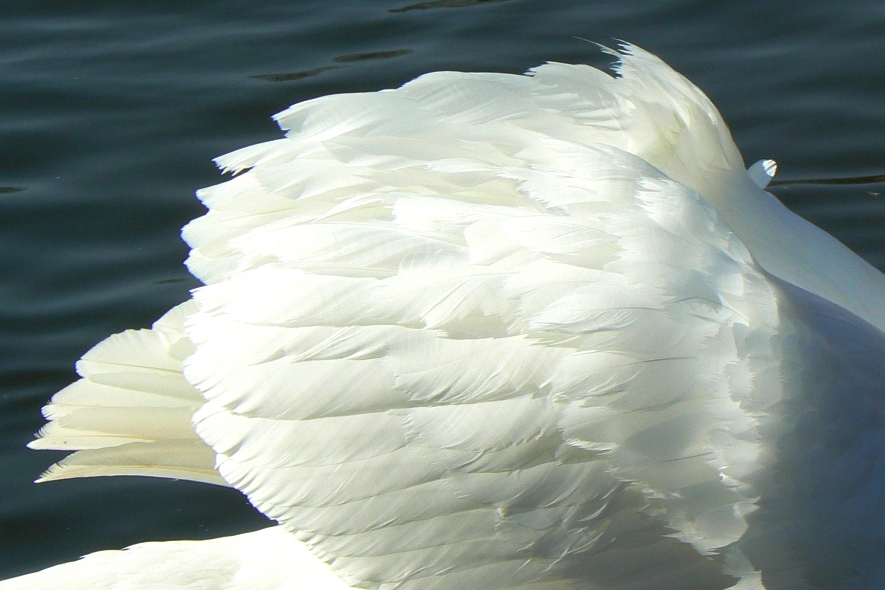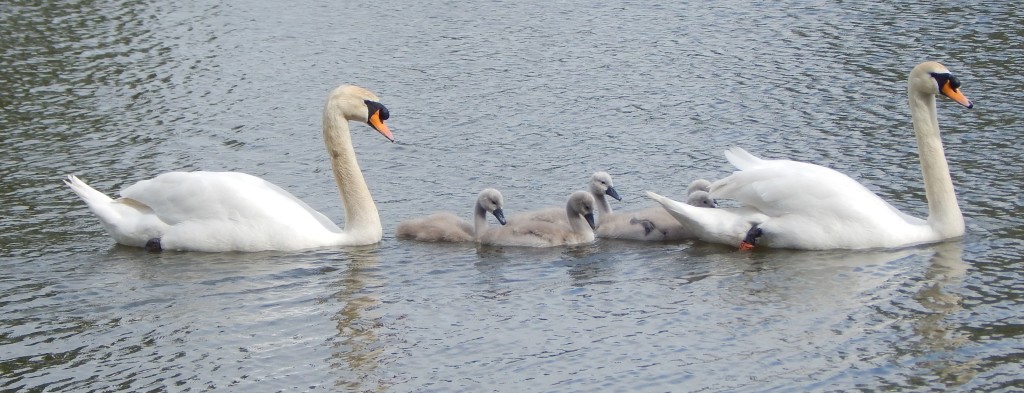
[109] Cygnus olor, Mute Swan
Introduction
Cygnus olor, the Mute Swan, is the common swan seen all over Britain including rivers and public parks and gardens. In Britain they are almost always just called Swans.
Taxonomy
Kingdom – Animals
Phylum – Chordates
Class – Aves (Birds)
Order – Anseriformes (Waterfowl)
Family – Anatidae
Subfamily – Anserinae
Tribe – Cygnini
Genus – Cygnus
Scientific Name – Cygnus olor
Name
Both cygnus and olor are Latin names for the swan. Cygnus olor is not actually mute but it is less vocal than other swans such as [108] Bewick’s Swan and the Whooper Swan. You are much more likely to hear a mute swan noisily flapping its wings in flight than calling.
Description
Cygnus olor is all white apart from dark grey legs and feet, a mostly orange-red bill, and black behind the bill. There is a black knob on top of the bill, more pronounced in size for the male.


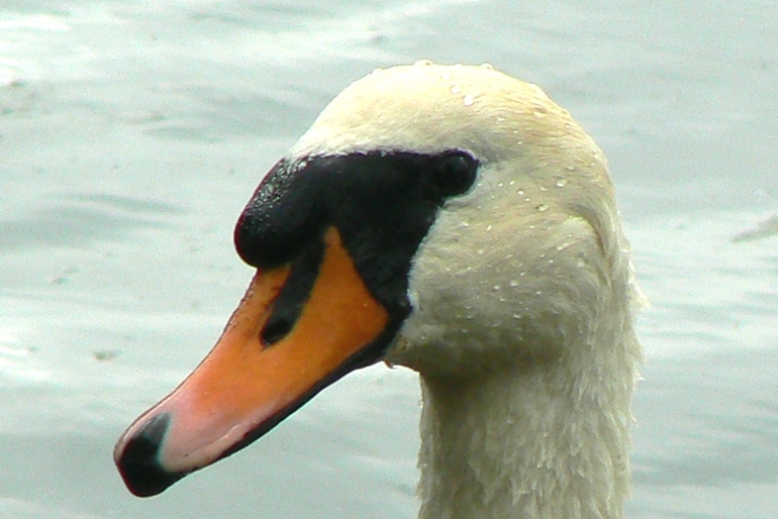
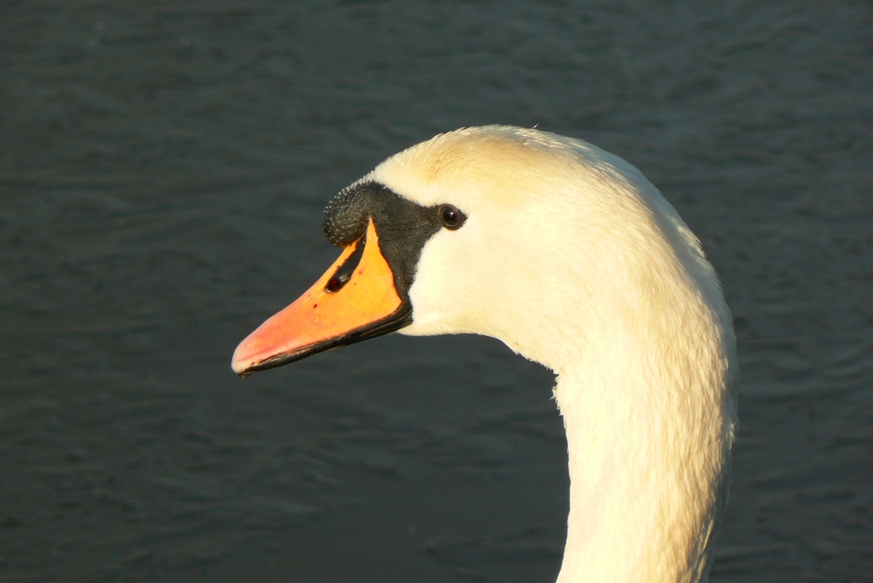

(If you zoom in you can see that the bird in the last picture has a wire from a fishing rod trailing from its mouth. Fishing is a major hazard for swans and the birds in our local park are frequently rescued to have these wires removed by vets.)
They are one of the heaviest birds to fly and they need quite a long run over water to take off. They often land on water using their flat feet as brakes to slow down.
They are monogamous and if one dies the other may stay single for years. They build mounds for nests, which they may re-use and both parents share parental duties. It is one of very few species where the male assists in nest-building.
The young cygnets are white at first but soon become darker grey-brown.

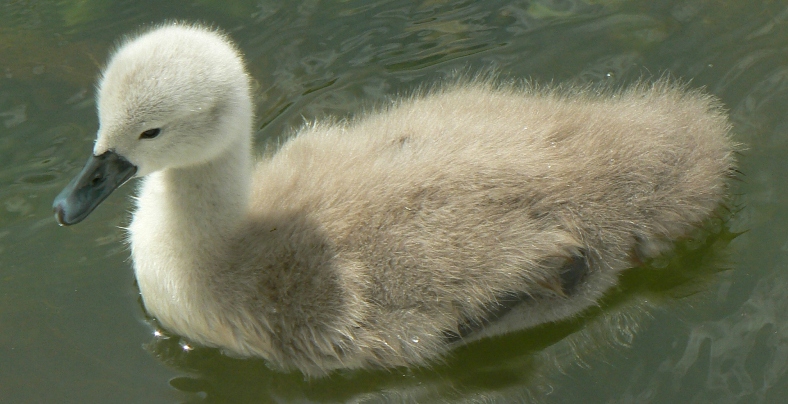



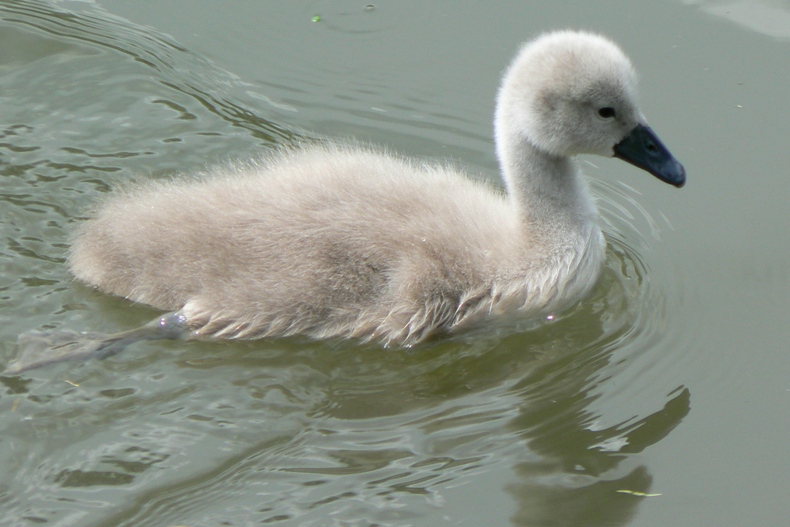

As the cygnets grow older, they become patchy eventually lose their colour. Once they are all white, around December or January, the territorial parents will chase them away.
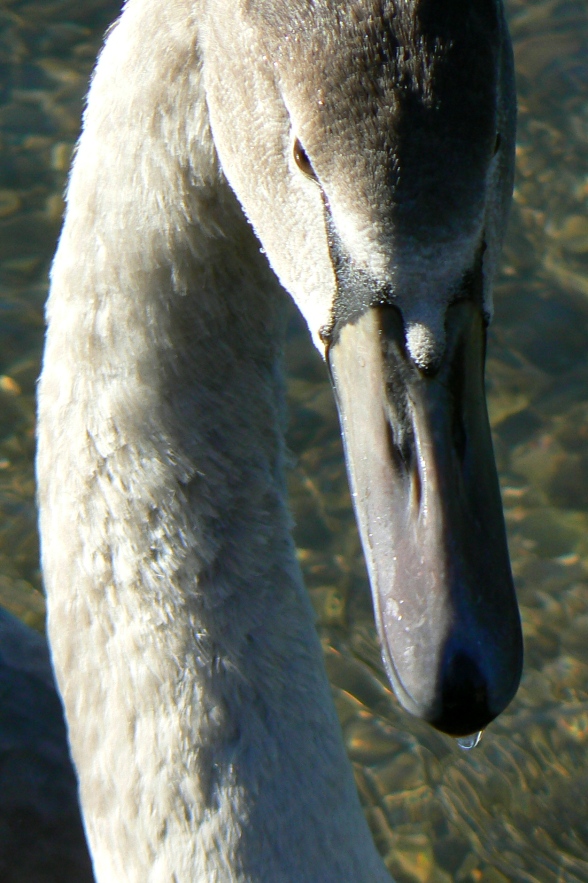
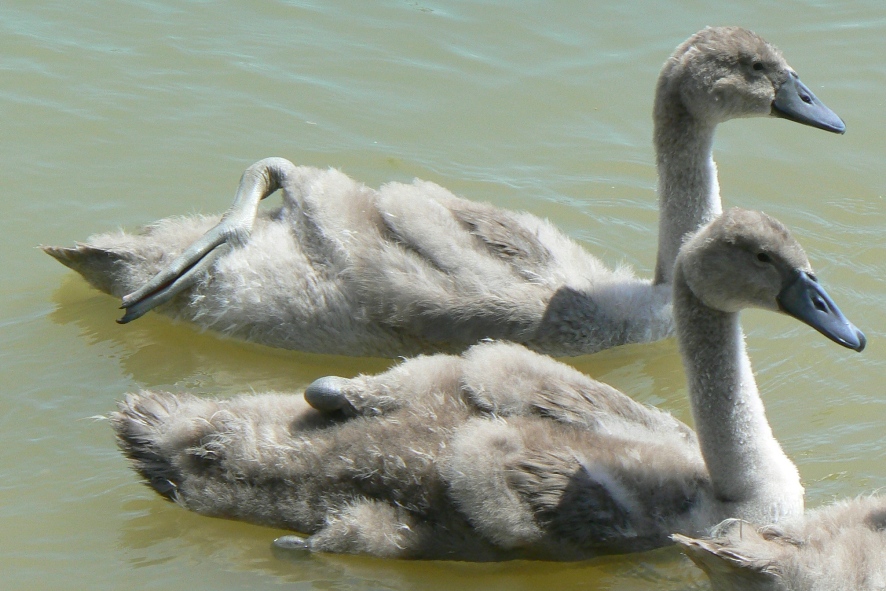
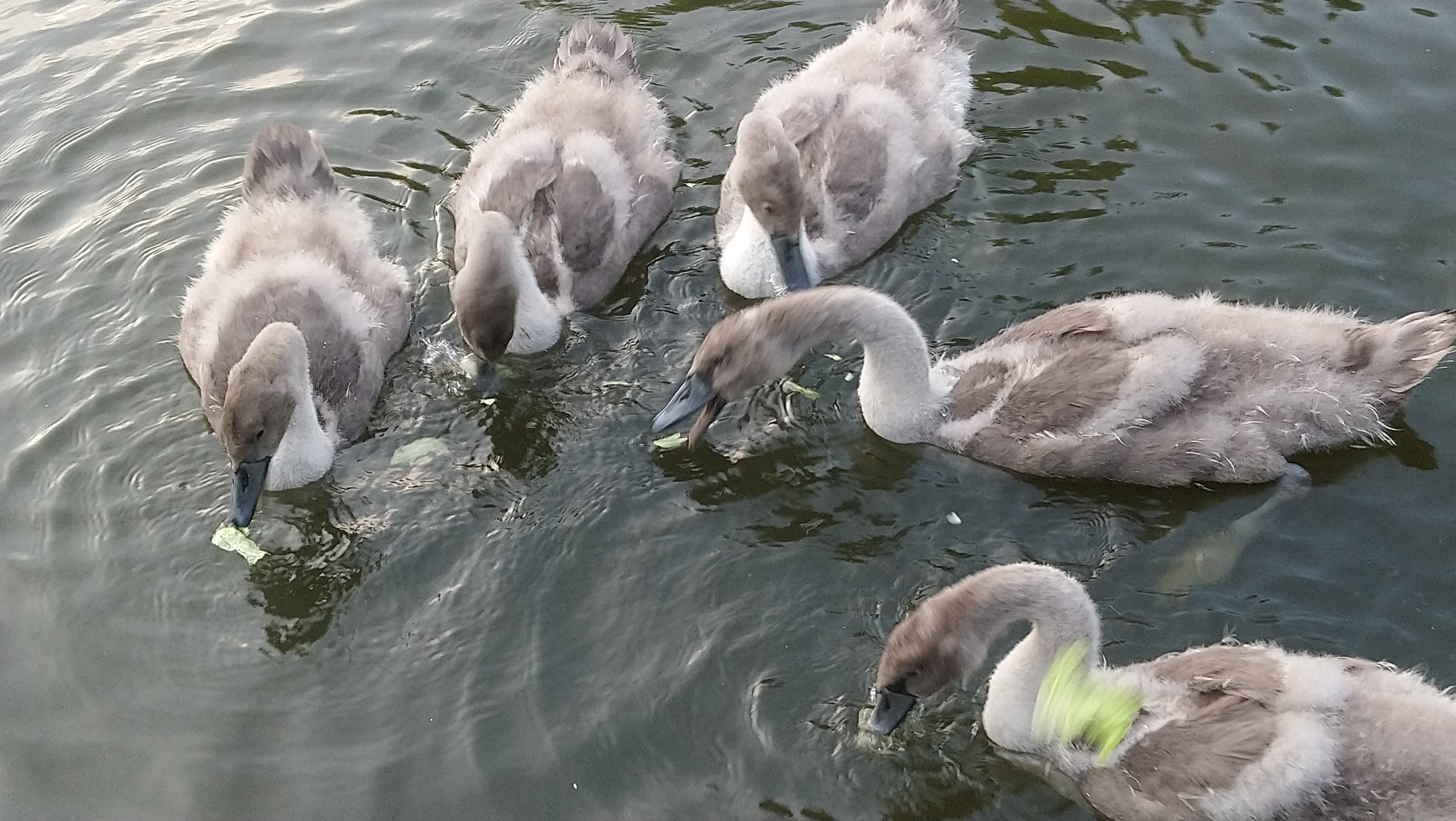

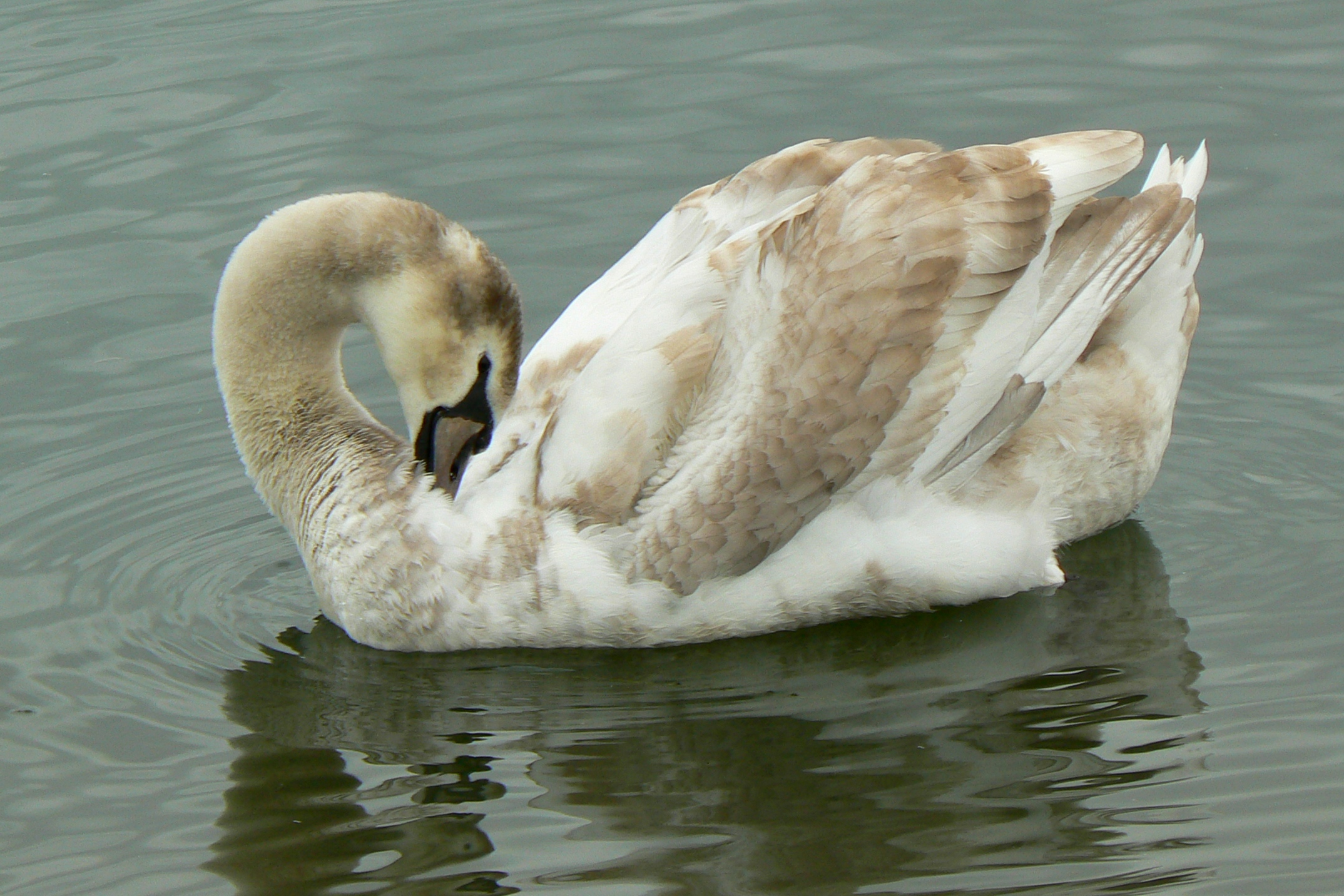



They feed on a range of vegetation including submerged aquatic plants that they can reach with their long necks, and agricultural crops.
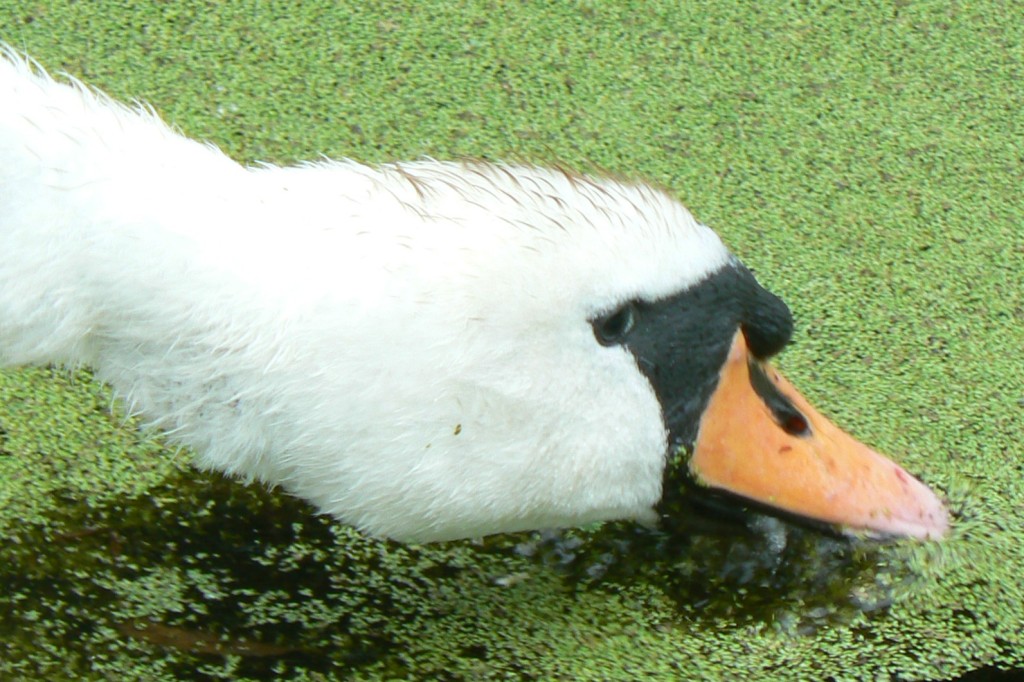
Habitat and use
The Mute Swan is native to Europe. In some areas it is migratory.
It is often kept on ornamental lakes where the pairs stay all year. In the north-east of the USA it has now largely naturalised, just as the Canada Goose is now found in Europe.
On small lakes they are normally very territorial but sometimes on rivers and in proximity to humans who feed them, large numbers can live together. Juvenile birds that have not formed pairs may form flocks but once mated they seek out their own territories. They often share their territory with a number of ducks and geese, which take advantage of the swan’s ability to stir up the water with its feet to loosen the vegetation.
In earlier times swan meat was a luxury food.
Cultural References
There are many references to swans in history, music and literature. They often appear as symbols of long-lasting monogamous relationships.
It has many references in Greek mythology, including the belief that the Mute Swan would sing beautifully as it died. We still have the expression ‘swan song.’ Irish, Norse, Finnish and other mythologies also have tales of swans.
Swan Lake is a famous ballet by Tchaikovsky based on two swans as leading characters. Also well known is the fairy tale The Ugly Duckling by Hans Christian Andersen, immortalized in the song of the same name by Danny Kaye.
Other Notes
You can find swans on almost any areas of water and ornamental lakes in parks and gardens will usually have a pair. They are fearless of humans and will sleep on the grass by a lake while people walk past them. But be careful, if there are cygnets, the parents, especially the male, will attack anyone who gets too close.
Their large black webbed feet are used to disturb vegetation. Sometimes they rest a foot on their back while swimming.

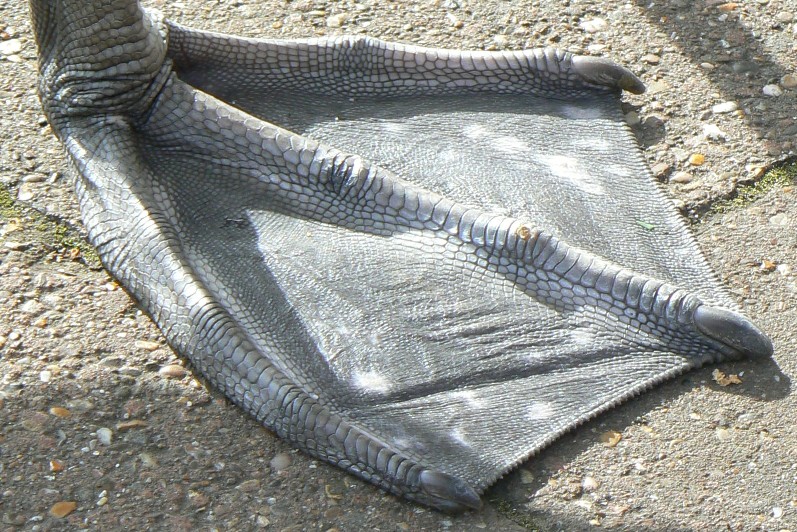
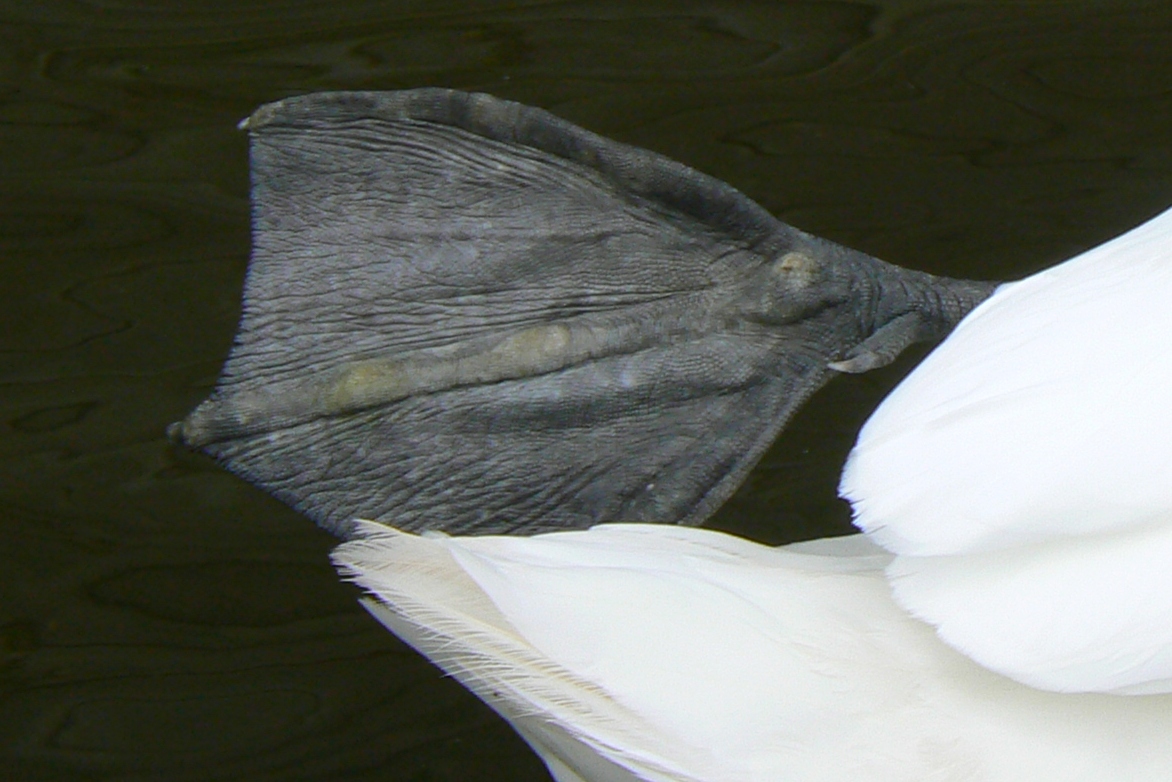
As a defensive mechanism, they can display their wings in a way that gives a more imposing impression of size.

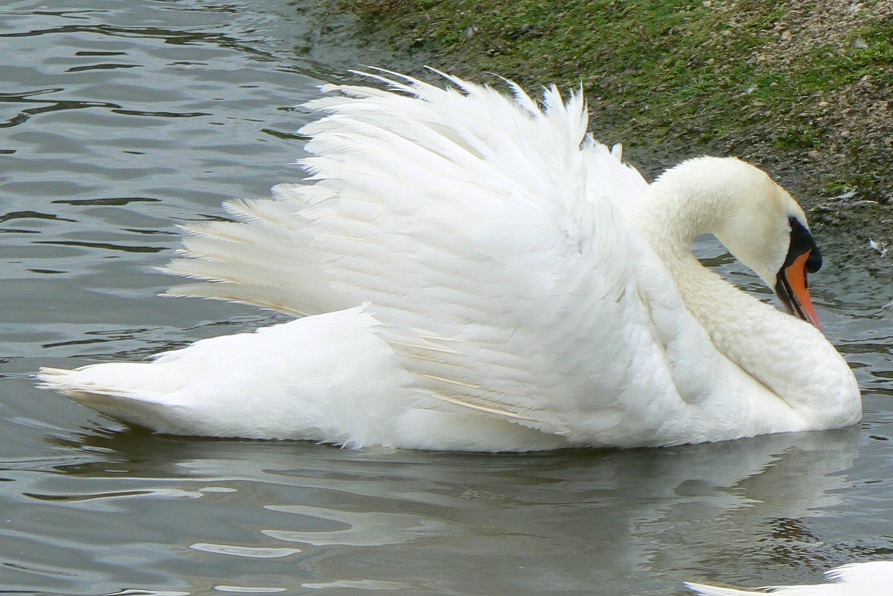
There is a colour variation called a Polish Swan, where the cygnets are almost white. This may be associated with domesticated birds.
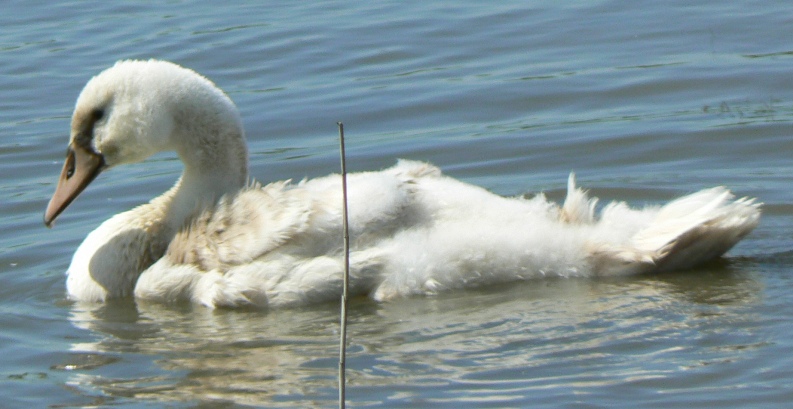
See also
We have finished with swans and geese but we still have [152] Coot and [157] Moorhen to come.

